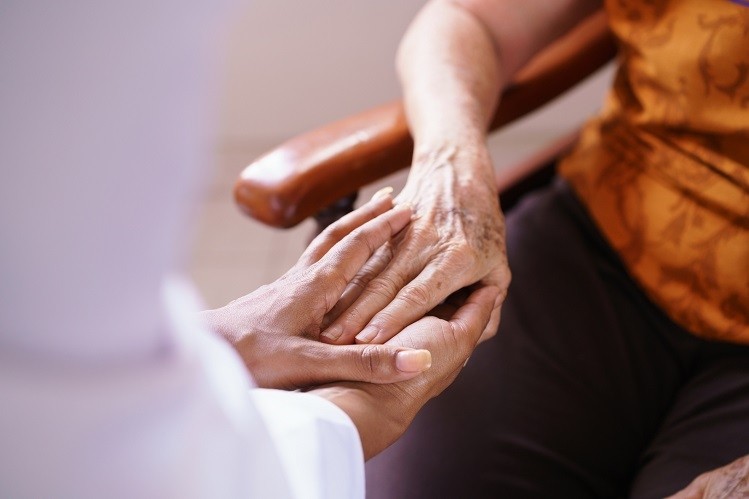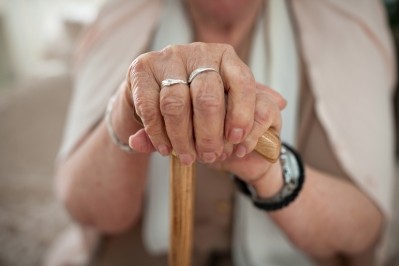In Brazil, urban elderly women more likely to present sarcopenia than rural counterparts

Their findings were based on an analysis of data collected from 205 women aged 60 and above who had undergone a bone densitometry scan at a clinic in the northwest region of Rio Grande do Sul between July 2016 and April 2017.
While the sarcopenia status of urban elderly women in Brazil has been recently documented in a meta-analysis published in 2017, there was no data on the rural population.
Brazil is highly urbanized, with 84.7% of the population living in cities versus 26.6% aged 65 and under living in rural areas. But the rural population is often disregarded in epidemiologic studies, the researchers argued, “based on the hypothesis that their health indicators and lifestyle may be different from urban elders.”
“It is important to study sarcopenia and the factors that influence its development considering the aging Brazilian population and the health problems associated with the aging process,” they added.
What exactly is sarcopenia?
According to the researchers, sarcopenia goes beyond age-related loss of muscle mass. “Recent definitions have incorporated elements of strength and physical performance,” they added.
For their analysis, they abided by the definition set up by the European Working Group on Sarcopenia in Older People, which defined it as a syndrome characterized by the progressive and generalized loss of skeletal muscle mass and strength.
Women of the 205 sample population studied were diagnosed with sarcopenia based on an evaluation of their muscle mass (measured using x-ray), muscle strength (measured using a manual digital dynamometer), and muscular performance (evaluated by a four-meter walking speed test).
The researchers also collected sociodemographic data, smoking status, chronic conditions, number of falls and fractures in the past year, and level of physical activity.
Urban women 9.5 times more likely to present sarcopenia
They found that sarcopenia was present in 2.4% of the total sample, though it was significantly more prevalent among urban women, at 5.7%, compared to rural women, at around 0.7%.
“In the present study, urban women were 9.5 times more likely to present sarcopenia compared with rural women,” they wrote.
“It is important to point out that the rural area where the women live in the present study is an exclusively agricultural area, and most of them reported working throughout their lives in agriculture.”
Manual labor associated with this activity may have influenced current muscle mass and function, therefore reducing their risk for developing sarcopenia, the researchers opined.
Another potential factor is nutrition. “The higher sarcopenia prevalence in the urban area also may be associated with other factors, such as a more sedentary lifestyle, less sun exposure, and a lower-quality diet that is rich in fats and refined carbohydrates, and has a low fiber content,” they wrote.
Source: Nutrition
Published online ahead of print, https://doi.org/10.1016/j.nut.2018.06.017
“Sarcopenia in Brazilian rural and urban elderly women: Is there any difference?”
Authors: Letícia Mazocco, et al.










